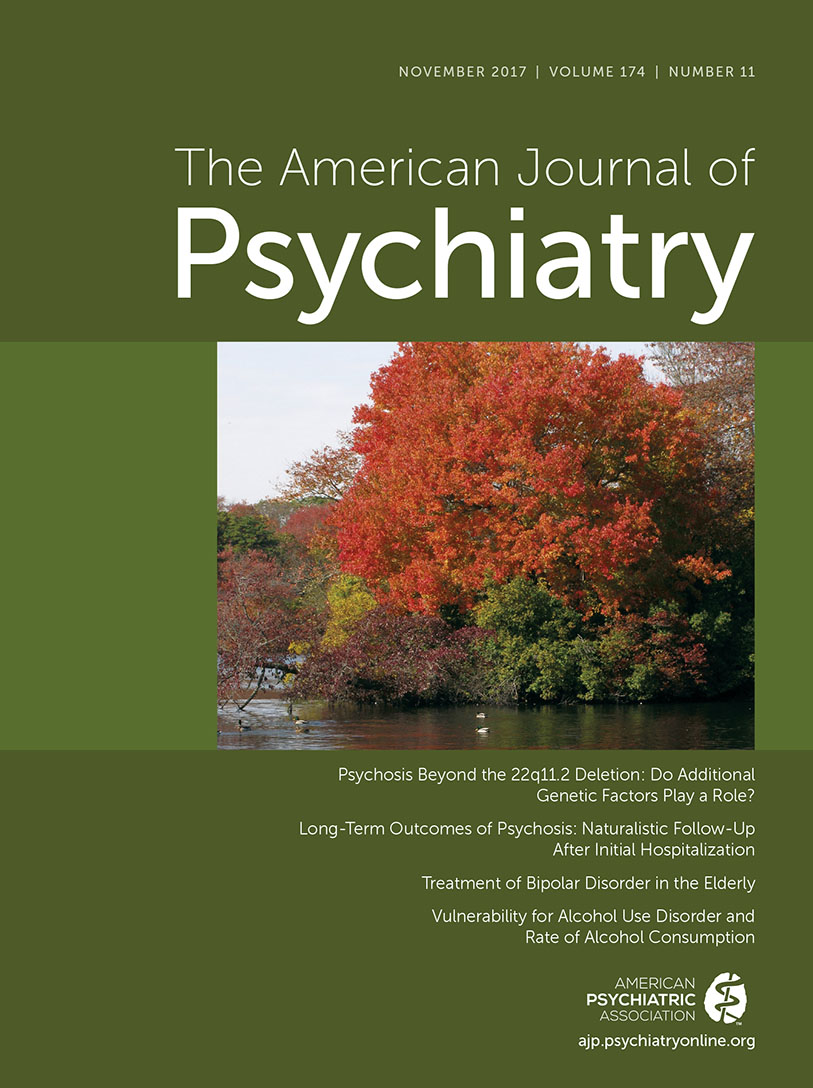Ventral Striatum Functional Connectivity as a Predictor of Adolescent Depressive Disorder in a Longitudinal Community-Based Sample
Abstract
Objective:
Previous studies have implicated aberrant reward processing in the pathogenesis of adolescent depression. However, no study has used functional connectivity within a distributed reward network, assessed using resting-state functional MRI (fMRI), to predict the onset of depression in adolescents. This study used reward network-based functional connectivity at baseline to predict depressive disorder at follow-up in a community sample of adolescents.
Method:
A total of 637 children 6–12 years old underwent resting-state fMRI. Discovery and replication analyses tested intrinsic functional connectivity (iFC) among nodes of a putative reward network. Logistic regression tested whether striatal node strength, a measure of reward-related iFC, predicted onset of a depressive disorder at 3-year follow-up. Further analyses investigated the specificity of this prediction.
Results:
Increased left ventral striatum node strength predicted increased risk for future depressive disorder (odds ratio=1.54, 95% CI=1.09–2.18), even after excluding participants who had depressive disorders at baseline (odds ratio=1.52, 95% CI=1.05–2.20). Among 11 reward-network nodes, only the left ventral striatum significantly predicted depression. Striatal node strength did not predict other common adolescent psychopathology, such as anxiety, attention deficit hyperactivity disorder, and substance use.
Conclusions:
Aberrant ventral striatum functional connectivity specifically predicts future risk for depressive disorder. This finding further emphasizes the need to understand how brain reward networks contribute to youth depression.



